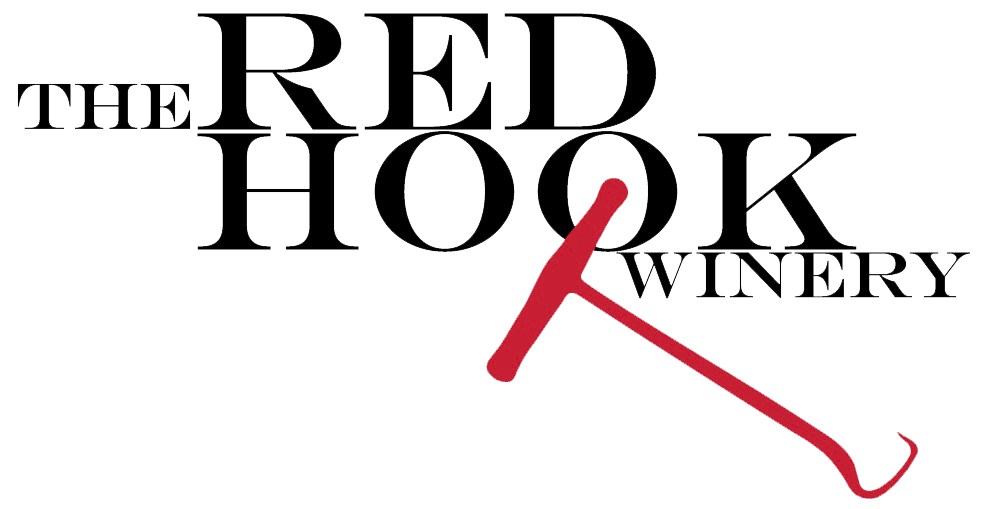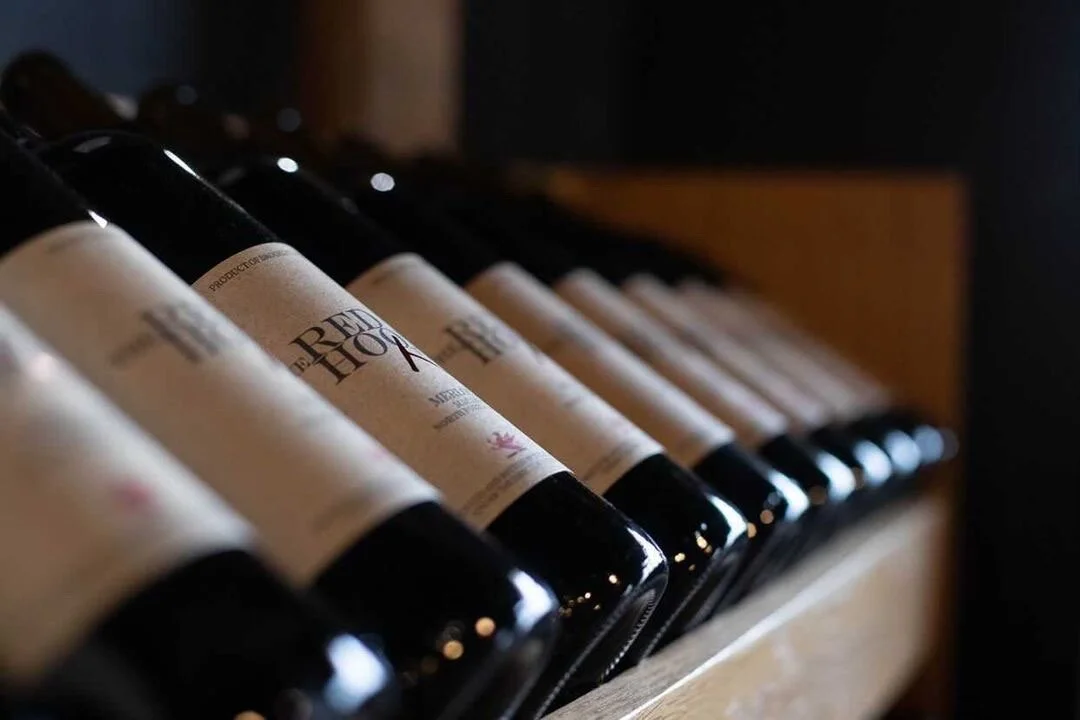Vineyards
The Finger Lakes of New York
Viticulture Overview
The Finger Lakes are characterized by both the lakes for which the region is named and the cold weather that governs the region in winter. Situated in Central New York, the first successful planting of European grape varietals was in 1959 by Ukrainian botanist Dr. Konstantin Frank. Viticulture is gathered around the steep edges of the four largest lakes. The water moderates the bitter winters and captures warmth to extend the ripening season. Geologically, the Finger Lakes are dominated by highly fossiliferous sedimentary rock. Glaciation has created a dramatic upchurning and depositing of diverse rock formations and has left impressively diverse soils in its wake. Racy acidity and keenly defined edges are characteristic of wines grown on the Finger Lakes.
Fox Run
Fox Run Vineyards, directly on the west-central shore of Seneca Lake, owned by the Osborn and Zafonte families and farmed by John Kaiser, is a forward-thinking agricultural enterprise. Over the past 20 years, they have been transforming the trellising and training of their plants to make the most of the Finger Lakes’ unique growing conditions.
Lot 10
Lot 10 Vineyard, founded in 2015, has ideal attributes for growing wine grapes, including its soil, slope, lake effect, row orientation, & latitude. In counsel with Hermann J. Wiemer Nursery, the clones for each varietal, which consist of Grüner Veltliner, Riesling, Pinot Noir and Cabernet Franc, were specifically selected to take advantage of the terroir.
North Fork of Long Island
Viticulture Overview
The North Fork of Long Island is dominated by the sea, in every sense. The growing region is situated on a narrow “fork” of sea-level land that is sandwiched between the Peconic Bay on one side and by the wide Long Island Sound on the other. Geologically, the North Fork is a glacial moraine and is composed almost entirely of well-drained sandy loam. Winters on the North Fork are cold but are moderated by the surrounding water. Summers, on the other hand, can be very warm and exceedingly humid. Humidity, rather than heat or cold, is the most significant challenge posed to winegrowers on the North Fork of Long Island. Salinity and the scent of sea air are signatures of wines grown here.
Macari
The Macari Vineyard, in the village of Mattituck--a rambling vineyard of standing coppices, paddocks brimming with steers, beehives, ponds, and rounded small hills all set upon the backdrop of the salty Peconic Sound-- has been farmed by Joseph Macari and his family for the past 20 years. Holding themselves and the property to Rudolf Steiner’s principles of biodynamic agriculture and husbandry, the Macaris have sought to stretch the possibilities of accepted agricultural praxis on the North Fork.
Mattebella - LISW Certified Sustainable
The Mattebella Vineyard, situated outside of Southold on the North Fork of Long Island, is farmed by Christine and Mark Tobin and their family. This impossibly beautiful vineyard site, bordered by conifers and set amidst the sea air, is a model of the future of the North Fork. Christine and Mark (the farmer-owners) have been instrumental in helping to establish, along with a small group of fellow winegrowers, a new baseline of sustainable agricultural practices on the North Fork, called Long Island Sustainable Winegrowing.
Gristina
Gristina Vineyard, planted by Peter Gristina in the late 1970, is another lovely and small property nestled in “middle” of the North Fork near the village of Southold. Bounded on one side by the Peconic Sound and tucked in upon the other sides by rolling green farmland and dominated by a stand of old conifers and spreading elm trees, Gristina Vineyard is an important part of the unfolding history of the North Fork.
Reilly
The Reilly Vineyard, situated in Cutchogue, is farmed by Joe Reilly, his son Shawn, and their family. This small vineyard, planted in the mid-1980s, has some wonderfully scraggly petit verdot plants that are among the latest ripening plants (even of fellow petit verdot vines) on the North Fork. The vineyard has gentle slope upon which the petit verdot is planted; it is bounded by tall deciduous trees and rambling, fallow meadows.
Sannino - LISW Certified Sustainable
Sannino Vineyards consists of three parcels, situated near Peconic on the North Fork of Long Island. The parcels are beautifully farmed by Anthony Sannino. Each of three parcels are tightly planted with low-trained vines. The rows are interplanted with local grasses and wildflowers. Anthony Sannino, along with a small group of fellow winegrowers (including the owners of Mattebella), is working to establish a new baseline of sustainable agricultural practices on the North Fork, called Long Island Sustainable Winegrowing.
Castello di Borghese
The vineyard is called Castello di Borghese (the current owners are the estate of a now-deceased Italian family, who purchased it from the Hargrave family). Castello di Borghese, located in the village district of Cutchogue on the North Fork, was planted by Louisa & John Hargrave in the early 1970s--it was the first property on Long Island to be planted with vitis vinifera fruit. It is a wide, flat vineyard, bordered on the east end by pine trees and bordered on the north side (about 1.5 miles inland) by the Peconic Sound.
Jamesport
Jamesport Vineyard, founded by Ron Goerler Sr., and now farmed by his son & grandchildren, is situated outside of Cutchogue on the North Fork of Long Island. Their handsome 15-acre property is marked by shallow dells and gently rolling, grassy rises. It is dotted with feathery conifers and surrounded by Burgundian apple trees.
Palmer - LISW Certified Sustainable
Palmer Vineyard, in the village district of Mattituck, was planted in the mid-1970s. Set over rolling bluffs amidst conifers and tall elm trees, the plants are tightly spaced on one of the few sloping vineyards on the North Fork.
Dorset (Nee Lenz)
Planted in the late 1980s and farmed by Sam McCulloch, Dorset a small property gathered along the northern and western reaches of the North Fork. Bound on one side by the Peconic Sound and tucked in by rolling green farmland, Dorset Vineyard is a lovely summary of the characteristics that define North Fork terroir.
Russ Mccall - LISW Certified Sustainable
In 1996 Russell McCall saved historic Down's Farm & Woods, and Fort Corchaug from development, planting vineyards and managing the farm and nature preserve. Sustainability initiatives include vineyard practices, organic grass-fed cattle ranch, and wind turbine. Focusing on low-yield, high-quality wines, McCall has made a name for itself in the NY wine industry.
Southold
Planted by Regan Meador in 2013, this vineyard specializes in Syrah & other varietals not commonly seen on the North Fork. Along with Lagrein, Teroldego, & Goldmuskateller, Southold is pushing the envelope of what grapes can thrive in New York State.
Hound’s Tree
Hound’s Tree is a small grower that seeks to evolve the idea of classic, cool climate grapes. The 30-acre vineyard in Mattituck, is carefully farmed, growing Chardonnay, Merlot, Cabernet Franc, Cabernet Sauvignon, and Petit Verdot, with an average vine age of over 20 years. In 2016, they planted some Marsanne, Roussanne, & Nebbiolo, all capable of expressing the region’s terroir. The wines are clean and contemporary, with focus and precision.

